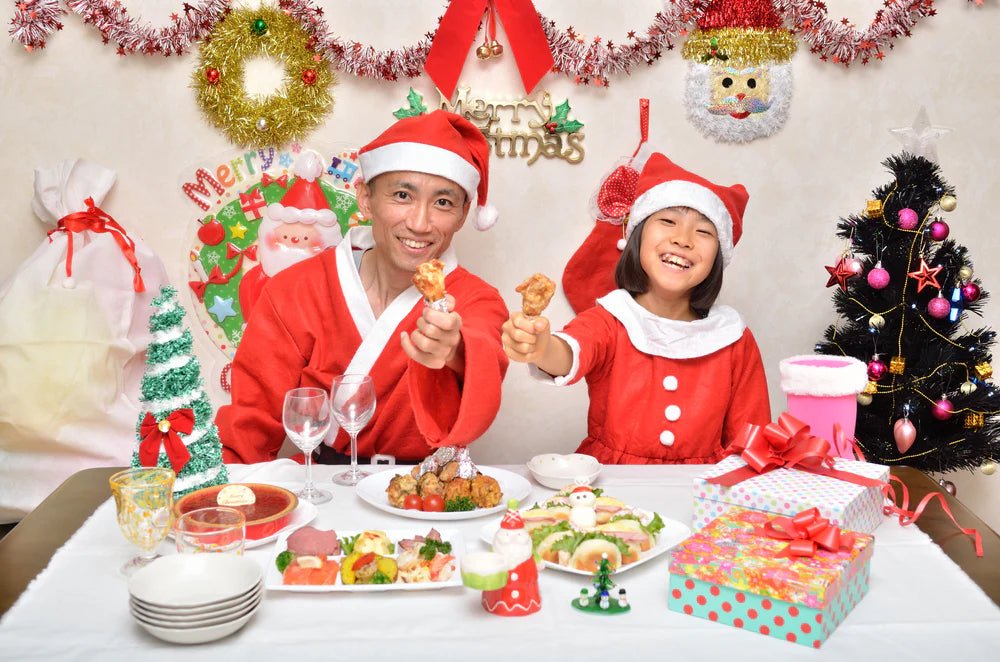Christmas in Asia is celebrated in a variety of ways, with influences from both Western culture and local traditions and religions. Although Christmas is not a national holiday in most Asian countries, due to the small percentage of Christians, its celebration is becoming increasingly popular, especially in countries with a strong globalization influence. Since tourism is an important economic sector in Asia, many countries have holiday decorations to make the time more pleasant for tourists.
Christmas, traditionally celebrated on December 25, is not always associated in Asia with the religious context of the birth of Christ. In countries such as Japan, South Korea and China, the holiday takes on a more commercial and secular character, being an occasion for exchanging gifts, decorating homes and public spaces, and socializing. In countries with a Christian minority, such as the Philippines, India (especially in the state of Goa) and Indonesia, Christmas retains its spiritual significance, often involving attendance at mass and traditional worship services.
Customs in individual countries
The basis of skin care is its gentle cleansing. In winter, avoid soaps and products that contain strong detergents, such as SLS (Sodium Lauryl Sulfate), because they can dry out the skin. Instead, it is worth reaching for gentle milks, oils or foams with moisturizing properties. After cleansing, it is worth washing the skin with a toner, which restores its natural pH.
The Philippines is one of the countries where Christmas is particularly rich in tradition. The holiday season begins in September and lasts until January. An important element is Simbang Gabi , a nine-day service held in the early morning hours leading up to Christmas Eve. The celebrations culminate on Christmas Eve, known as Noche Buena , when families gather for a hearty dinner.
In Japan, Christmas is secular and commercial. The symbols of the holiday are the decoration of the Christmas tree, Christmas illuminations in cities, and the custom of eating fried chicken, especially from KFC restaurants, which has been popularized as a "holiday tradition." A popular dessert is Christmas Cake - a sponge cake with whipped cream and strawberries.
In South Korea, Christmas is a day off from work and has a dual meaning – both religious for Christians and secular for the rest of society. Typical celebrations include exchanging gifts, decorating home spaces, and participating in holiday cultural events.
In China, Christmas is primarily a commercial holiday, especially in large cities. Shop decorations, Christmas songs, and the giving of "peace apples" (苹果, píngguǒ ) are popular, due to the phonetic similarity of the word for "apple" to "peace" in Chinese.
In India, although Christians make up a small percentage of the population, Christmas is celebrated with great pomp in regions such as Goa, Kerala and Nagaland, including attending church services, decorating homes with oil lamps and holding Christmas fairs.
Asian Christmas Dishes
In various Asian countries, traditional holiday meals reflect local flavors and customs:
- Philippines : Lechon (roasted suckling pig), pancit (noodles), and bibingka (rice cake) are popular dishes.
- Japan : Fried chicken and the previously mentioned Christmas cake.
- South Korea : Christmas dinner often includes both traditional Korean foods, such as kimchi , and Western-inspired dishes.
- India : Baking, curry, and sweets such as kulkuls (sweet fried cakes) and rose cookies are popular.
Christmas celebrations in Asia reflect the cultural diversity of the region, where Western influences intertwine with local traditions. For some, it is a time of religious reflection, for others, an opportunity to celebrate in a secular way, emphasizing the universal nature of the celebration.






